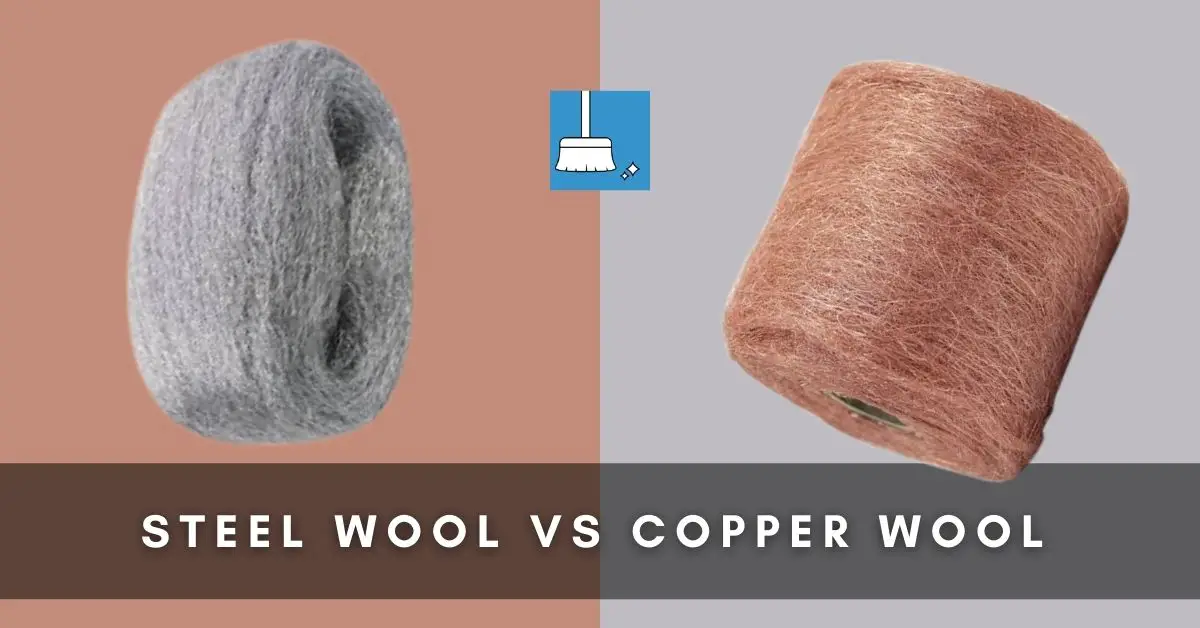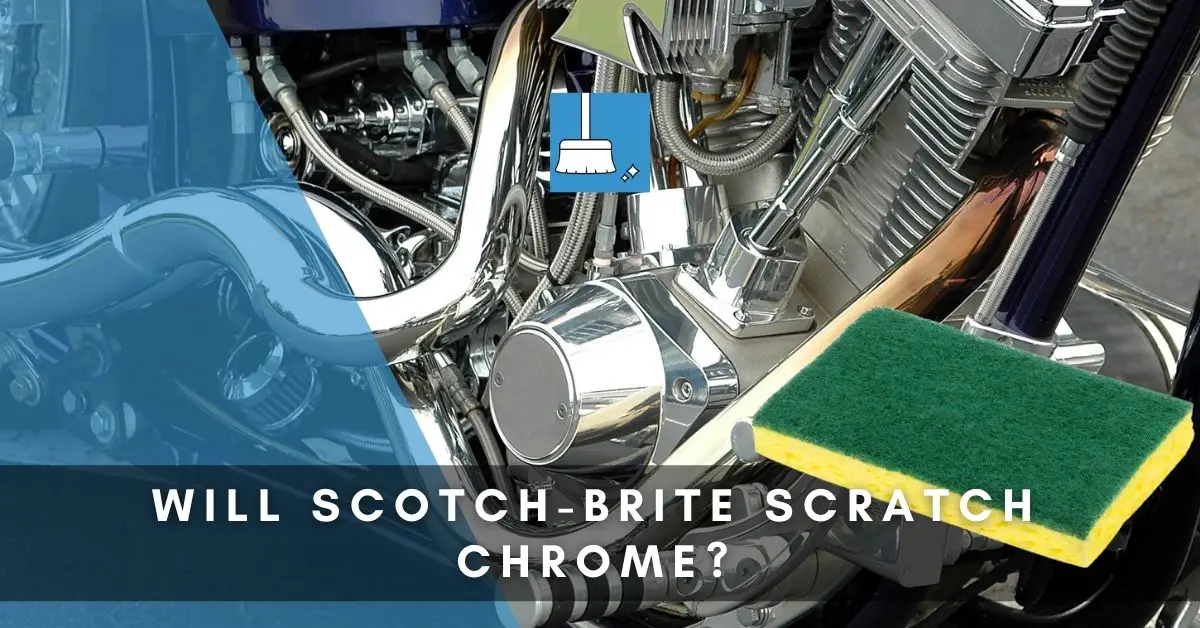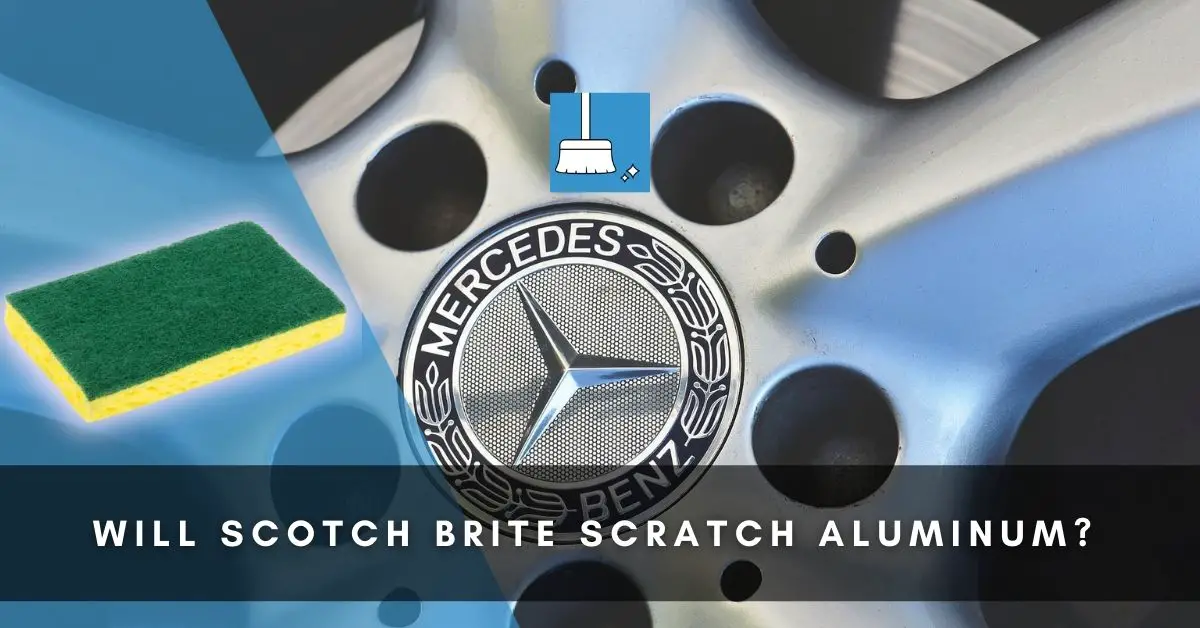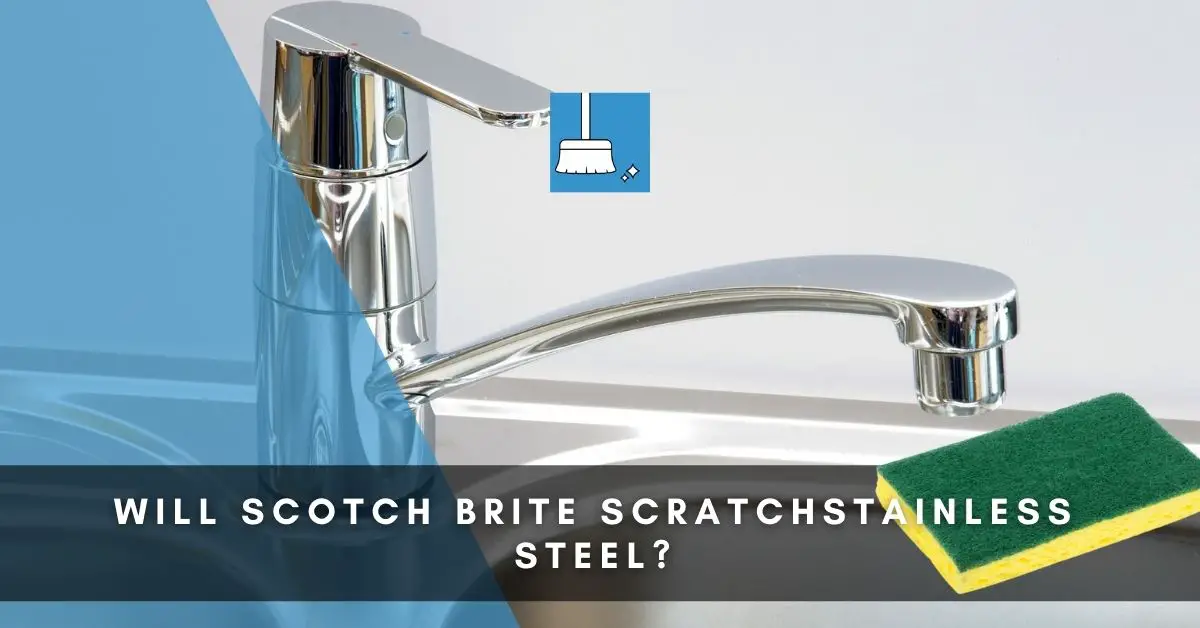You have heard a lot about copper wool and steel woolsand how efficient they are when used for various purposes. We also know that both these types of wools have many similar applications in cleaning, pest control, polishing, etc.
But can one be used instead of another? Are they both the same and have no differences? If we run out of steel wool for example, can we replace it with steel wool and not notice any difference and vice versa.
In different aspects and functions, we will compare steel wool and copper wool, highlighting their pros and cons in this article.
Steel Wool vs Copper Wool (4 Comparisons)
Here are some comparisons between steel wool and copper wool based on their most popular uses:
1- Steel Wool vs Copper Wool (For Mice Prevention)
Steel wool and copper wool are great tools for preventing mice from entering your home, office, and garden. It is very difficult for mice to chew through either of them because they are strong and can hurt the mice’s teeth.
Steel wool is very abrasive and easy to stuff in holes. It isn’t toxic to humans or animals so it is safe to use around pets. Mice may try to get past it by chewing through it since it can’t kill them but they quickly discover that it can scrape their nose and the sharp edges can hurt their teeth so they stop.
Steel wool is better used however to stuff small holes. When used in big holes, mice can use their feet to push the steel wool around creating an opening around the steel wool that they can squeeze through.
This is why it’s not advisable to use steel wool alone. To get better results, you have to mix it with caulking before using it to seal holes.
This is where copper wool has the advantage. It is difficult for mice to chew through it or move it around. So you can not just use it in hoes but also to close openings from where mice can pass and live behind appliances.
Mice’s feet or teeth can get stuck in the copper wool if they try to move it around or chew so it doesn’t need to be mixed with caulking before it does an excellent job.
Verdict: Copper wool is better for mice prevention.
2- Copper Wool vs Steel Wool (For Cleaning Purposes)
Both are great at cleaning and polishing different surfaces. They can be used to remove grime buildup, soap scum, and the toughest of stains.
Steel wool comes in different grades of abrasion and each grade is suitable for a specific type of cleaning which gives you a lot of options.
Unlike copper wool, however, steel wool often leaves particles and splinters on the surface cleaned especially if not done well. It can also scratch the object if you use the wrong grade of steel wool.
Copper wool however is less likely to cause scratches.
When it comes to cleaning, copper wool is also better in the long run because of its durability. Steel wool rusts over time because it is used damp and this shortens its life span and causes it to disintegrate over time.
This is why copper wool is also preferred when stuffing holes around the house to stop mice.
When you use steel wool, moisture will get it rusted and it will leave brown stains on the bricks or other objects around the hole. Copper wool does not rust or splinter. (Source)
Verdict: Copper wool is more durable than steel and is also likely to cause less scratches. Steel wool can cause rusty stains while copper wool will not.
3- Copper Wool vs Steel Wool (In Catching Fire)
Copper wool can’t catch fire but steel wool can.
Copper is solid and not a fire risk unless you grind it into a powder. If you do, it can be flammable under certain circumstances.
You should however be careful with steel wool. It is highly flammable as it has more surface area and absorbs more heat and oxygen.
When steel comes in contact with heat, the iron in the wool gets more energy and reacts with other elements which light it on fire and keep it burning. It can burn even when it is wet, so one has to be cautious when using it.
CAUTION: Keep steel wool away from sparks and flames and treat it as a fire hazard. Don’t put it near any electrical wiring in your house and do not coat it in oil.
Verdict: Copper wool very less likely to cause or catch fire unlike steel wool which is a fire hazard.
4- Copper Wool vs Steel Wool (In Scratching Glass)
Both copper wool and steel wool are good for glass and will not scratch it.
Copper wool is sometimes considered to be softer and less coarse so it is better for cleaning delicate objects that are likely to get scratched; like stainless steel and glass.
Some copper wool brands come in varying grades like coarse, fine, and medium. Medium and fine grade options can be used to clean glass without the fear that it will scratch.
Steel wool is however mostly preferred. Steel wool comes in varying grades so you know which one to go for when you need a glass cleaned. Not only can steel wool clean your glass and not scratch it, but it will also polish it to a smooth finish, giving it a nice shine.
You have nothing to worry about as long as you use the #0000 steel wool. Steel wool is softer than glass and can be used wet or dry.
Steel wool is also a better option for cleaning glass because there are many cleaning materials it can be combined with (such as vinegar). The steel wool #0000 also works on different types of glass like windshield, glass cooktop, oven glass, glass shower doors, and many more.
Brillo pads are even better in cleaning glass than steel wool.
Verdict: Steel wool is better for cleaning glass surfaces than copper wool.
What Grade Steel Wool Should Be Used for Rats?
Medium-grade steel wool is coarse which rats won’t be able to chew through and will still give enough holes for ventilation.
If you use lower-grade steel wool it would be too soft and flexible. Rats may not be able to chew through it but they would be able to push it around and find their way around it. If they are determined they can even poke holes in it.
Medium-grade steel wool is also made of stainless steel so it won’t stain your bricks when used.
Medium steel wool is called #1. #0000 to #1 are considered light and are best for stuffing small holes because they are flexible.
If you want to stuff larger holes and cracks with steel wool to prevent rats, then it’s best to work with heavier wool. These are between grades #2 to #4.
These are more coarse and very hard so it is harder for rats to chew through them, but they are difficult to work with.
Final Thoughts!
Copper and steel wools have their different strengths and weaknesses but they are similar in functions and uses. They both come in different grades and have very few differences.
Most times, choosing one over the other is a matter of preference rather than efficiency.
We have compared copper wools and steel wools extensively from different angles so you can better decide which one suits the task at hand or catches your fancy.






Pingback: Brillo Pad Vs Steel Wool (7 Comparisons!) »